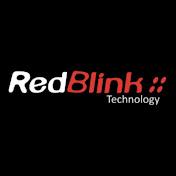Top User Experience (UX) Companies in Danville
1 Companies
RedBlink Technologies, based in Danville, California, is a highly acclaimed custom software, website, and application development company. They specialize in providing scalable tech solutions to foster growth and long-term success for businesses of all sizes, including startups, SMEs, and large enterprises. Their expertise spans a wide range of services, including advanced web design and development, mobile application development for both Android and iOS platforms, and comprehensive digital marketing solutions like SEO, social media, email marketing, Google ads, and Facebook Ads. Their team is proficient in various tools and platforms, including Photoshop, Illustrator, CSS, JavaScript, C#, and Android SDK API, ensuring that they can meet a diverse array of client needs. RedBlink's commitRead More
<$25/hr
100 to 249
2010
United States (USA)
